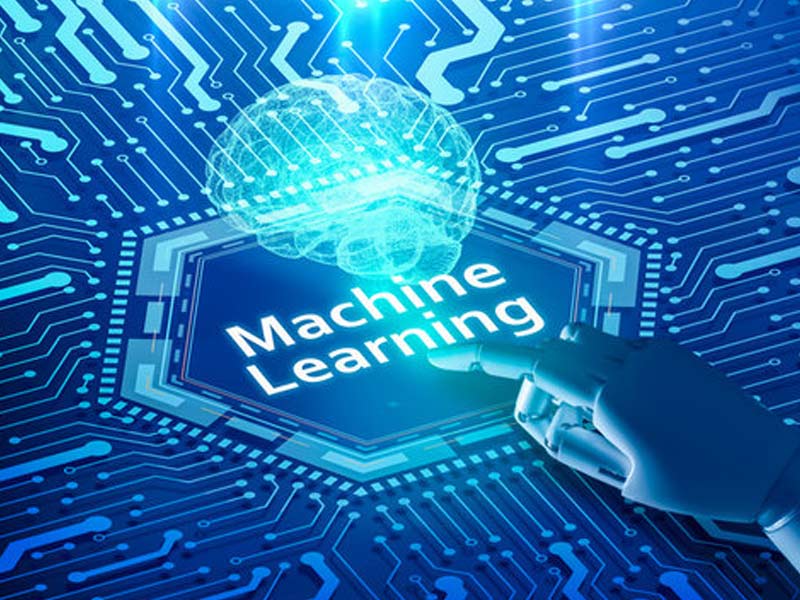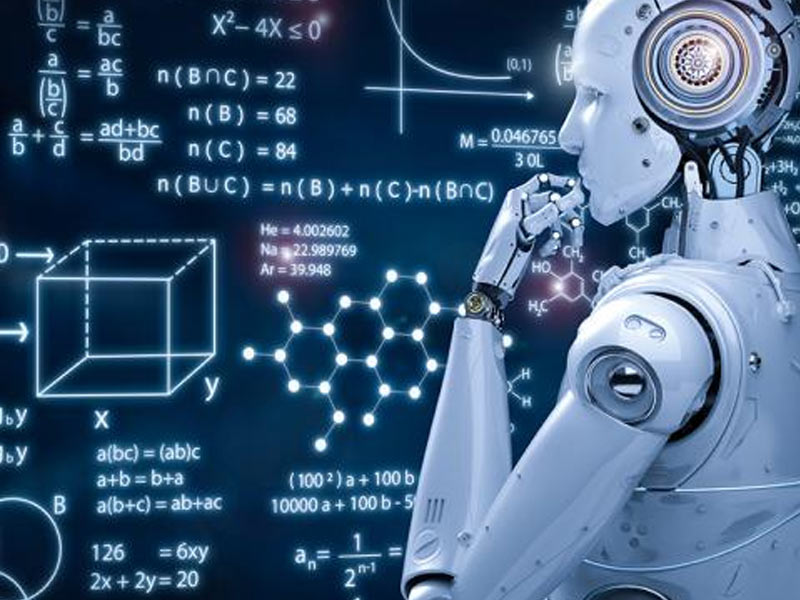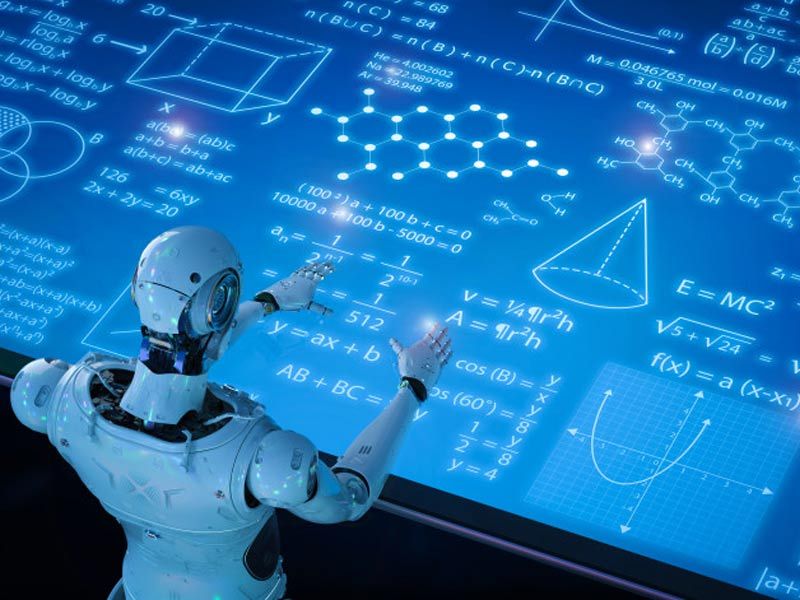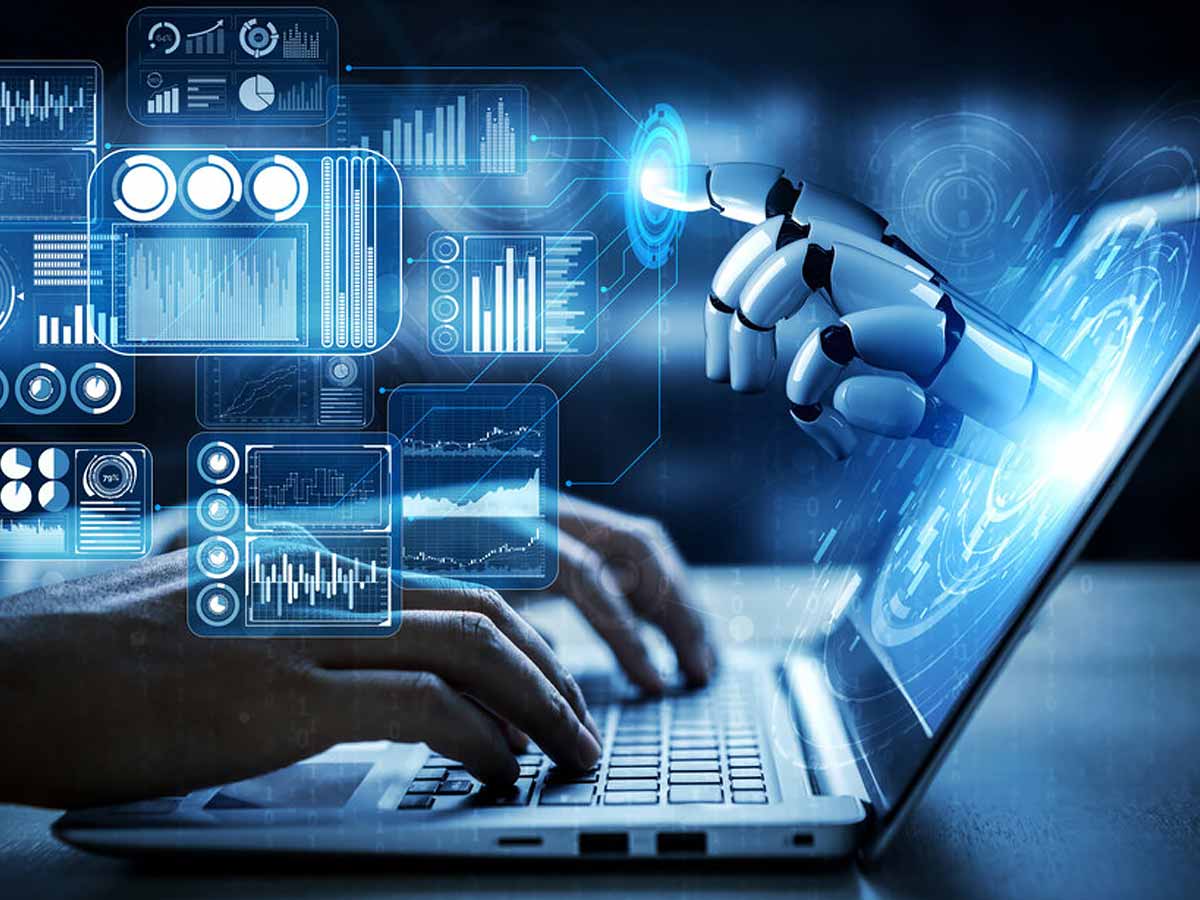Machine Learning has become very popular in computer engineering circles, and it is one of the integral concepts of Artificial Intelligence. Whether you are someone from the computer science field or an outsider, if computers, smartphones are a part of your life, you must’ve heard the term several times by now.
So what is Machine Learning?

Technically speaking, Machine learning is nothing but a specific subset of AI. Learning here stands for the machine and not the coder. It is the process of training a machine to learn. AI and Machine Learning are vital for each other’s existence. Their coexistence makes AI devices a possibility.
If you have been using the internet and smart devices for quite some time, these are some of the questions that you might have asked yourself several times:
- How does Facebook know which item I last viewed on Amazon?
- How does Instagram know which restaurant I visited last time?
- How do Tesla cars drive on their own?
- How are streaming platforms like Netflix able to generate streaming recommendations?
The answer to all these questions and many more similar questions in Machine Learning. Reading mere definitions is not enough to understand Machine Learning, and it is best understood through its applications.
To start with, machine learning is now a new concept. It has always been there since the invention of computers. The great thing about Machine Learning is that it backs the theory that computers can learn without being programmed to perform specific tasks. Now, programming is certainly one of the most complex tasks, if not the most complex tasks in the world of computing. For every specific task, thousands of lines of code have to be written, which is why for any new problem, the industry has to spend a lot of time finding the right logic for writing the problem-specific program. Machine Learning eradicates all these problems, and concepts like Big Data play an important role in it.
Also Read, How is artificial intelligence saving humans?
Why is Machine Learning Important?

The importance of Machine Learning has been realized by one and all. It contributes to an increase in available data varieties, helps develop cheaper and more powerful computational processing, and provides affordable data storage. These are the very few of many advantages that Machine Learning has.
There are certain requirements for creating good machine learning systems. These requirements are:
- Scalability
- Automation and iterative processes
- Algorithms
- Data preparation capabilities
- Ensemble Modelling
Technical Terms in Machine Learning
Label: Label is the technical term for a target.
Feature: Feature is nothing but what we know as a variable in statistics.
In today’s world, every official work involves the use of computers, and this has paved the path for the entry of machine learning in different sectors.
Some of the sectors that will see extensive use of Machine Learning in the future include
- Government Operations
- Oil and gas
- Healthcare
- Defense
- Retail
- Financial Services
- Transportation

There are several methods used in Machine Learning. We’ll see 4 main methods.
Supervised Learning: Supervised learning is the type of learning where algorithms are trained using labeled examples. This is used in cases where the desired output is unknown. In such a case, the output depends on the input. This means that there can be different outputs based on the input. In such a case, the learning algorithm receives inputs along with the corresponding correct outputs.
Equipped with inputs and outputs, the algorithm actually finds the error by comparing actual output with correct outputs. The model is then automatically modified, and methods like classification, regression, prediction, and gradient boosting are used to predict the label’s values on additional unlabeled data. This type of learning is mainly used when there is a requirement for future predictions based on historical actions.
Unsupervised Learning: Unsupervised learning is quite the opposite of Supervised learning. It is used in cases where the data has no historical labels. The system doesn’t have the “right answer,” and it is up to the algorithm to figure out what is shown. The learning is aimed at finding some structure or pattern within after analyzing the data. Unsupervised Learning is particularly used in the case of Transactional data.
This is very helpful in cases where you can classify more segments with similar attributes. It may be anything like the age group of people going for a walk at 10 AM. Similarly, learning can also be used to find attributes that separate people of the same age group from each other. Self-organizing maps, nearest-neighbor mapping, k-means clustering, and singular value decomposition are some popular techniques used in this learning.
These are the two main types of learning. Apart from this, there are two main learnings, namely Semi-Supervised learning and Reinforcement learning.




























